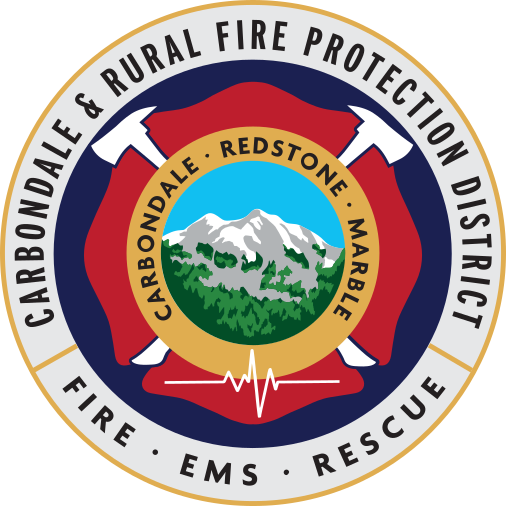Never Leave Children, Disabled Adults or Pets in a Parked Vehicle
By admin Published June 21, 2016

It is getting hotter and hotter. Today may be the hottest day (so far) of 2016.
We want to help you keep others safe and prevent a tragedy. An average of 37 children per year and untold numbers of pets left in parked vehicles die from heat stroke (hyperthermia). Studies have shown that the temperature inside a parked vehicle can rapidly rise to a dangerous level for children, pets and even adults. Leaving the windows slightly open does not significantly decrease the heating rate.
A dark dashboard or seat can easily reach temperatures in the range of 180 to over 200°F. Those objects heat the adjacent air and give off long wave radiation which quickly warms the air trapped inside a vehicle. The effects can be more severe on children because their bodies have not developed the ability to efficiently regulate its internal temperature.*
KidsAndCars.org offers the following tips to help prevent heat stroke tragedies:
- Never leave children alone in or around cars; not even for a minute.
- “Look Before You Lock” – Get in the habit of always opening the back door to check the back seat before leaving your vehicle. Make sure no child has been left behind.
- Create a reminder to check the back seat.
- Put something you’ll need like your cell phone, handbag, employee ID or brief case, etc., in the back seat so that you have to open the back door to retrieve that item every time you park.
- Keep a large stuffed animal in the child’s car seat. When the child is placed in the car seat, put the stuffed animal in the front passenger seat. It’s a visual reminder that the child is in the back seat.
- Make sure you have a strict policy in place with your childcare provider about daycare dropoff. Everyone involved in the care of your child should always be aware of their whereabouts. If your child will not be attending daycare as scheduled, it is the parent’s responsibility to call and inform the childcare provider. If your child does not show up as scheduled; and they have not received a call from the parent, the childcare provider pledges to contact you immediately to ensure the safety of your child. (this is very similar to the ‘absence-line’ used by most elementary, middle and high schools)
- Keep vehicles locked at all times, even in driveways or garages. Ask home visitors, child care providers and neighbors to do the same.
- Keep car keys and remote openers out of reach of children.
- If a child goes missing, immediately check the inside passenger compartments and trunks of all vehicles in the area very carefully, even if they are locked. A child may lock the car doors after entering a vehicle on their own, but may not be able to unlock them.
- If you see a child alone in a vehicle, get involved. Call 911 immediately. If the child seems hot or sick, get them out of the vehicle as quickly as possible.
- Be especially careful during busy times, schedule changes and periods of crisis or holidays. This is when many tragedies occur.
- Use drive-thru services when available (restaurants, banks, pharmacies, dry cleaners, etc.) and pay for gas at the pump.
Let’s all work together to keep kids, disabled adults and pets safe.
